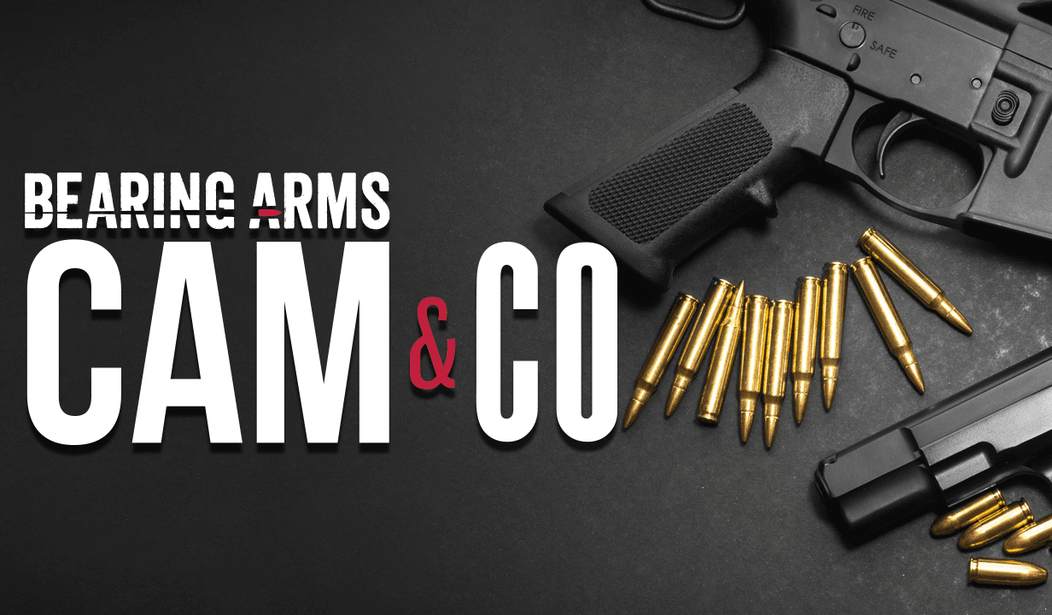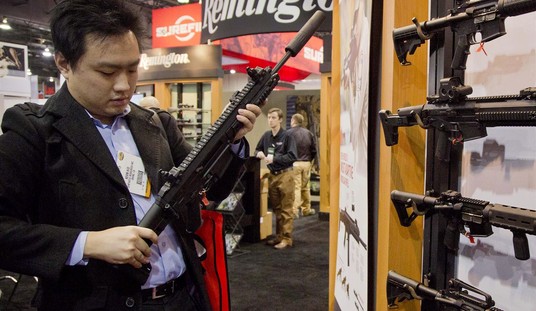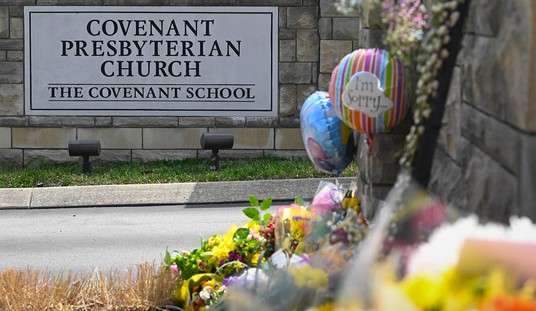California Attorney General Rob Bonta has officially filed an emergency appeal of U.S. District Judge Roger Benitez’s opinion in Miller v. Bonta that found the state’s ban on so-called assault weapons a gross infringement on the rights protected by the Second Amendment, and while the Ninth Circuit Court of Appeals will almost certainly grant his request, the AG’s argument continues to rest on extremely dubious grounds.
Shortly after Benitez’s decision was released last week, Gov. Gavin Newsom weighed in to complain about the opinion and the rationale that Benitez used to declare the gun ban unconstitutional.
“Today’s radical ruling — comparing an assault rifle to a bowie knife — is a direct insult to every victim of a mass shooting and their families. Californians’ elected representatives decided almost 35 years ago that weapons of war have no place in our communities. Today, Judge Benitez decided that he knows better, public safety be damned,” Newsom said.
Second Amendment advocates were quick to point out that it wasn’t Benitez who first compared AR-15s and other semi-automatic rifles to bowie knives. It was Bonta himself who introduced the comparison, arguing that 19th century prohibitions on the bladed weapons should serve as an appropriate historical analogue to the state’s modern-day prohibition on the most popular rifles in the country.
I doubt Newsom was aware of that fact, but I don’t expect him to offer an apology to Benitez, even though Bonta is once again using that comparison in his emergency request to Ninth Circuit judges.
Despite multiple anti-gun politicians (including @GavinNewsom) criticizing the judge for comparing guns to knives, the Attorney General has chosen to argue that the judge didn't sufficiently consider how knife laws can provide historical support for gun laws: https://t.co/Z7qA9ZG62B pic.twitter.com/JihSP27H4x
— Firearms Policy Coalition (@gunpolicy) October 24, 2023
Bonta was very careful not to explicitly refer to bowie knives in his appeal, but as FPC notes, one of his main arguments in favor of a stay still revolves around those same 19th-century laws that Benitez rejected as historic analogues.
Under Bruen’s “more nuanced approach” to the historical inquiry, restrictions on assault weapons are consistent with a historical tradition of regulating particularly dangerous weapons technologies as they spread and cause harm… That tradition is reflected in the history presented to the district court below, including regulations enacted in the 18th and 19th centuries barring the use of “trap guns,” the possession and carrying of fighting knives and melee weapons, and the concealed carry of dangerous weapons.
These historical predecessors are relevantly similar to the AWCA in terms of both burden and justification. They imposed comparably minimal burdens by leaving available a wide range of weapons and accessories for lawful self-defense.
In his decision, Benitez threw cold water on Bonta’s claim, arguing that the state of California was in essence bringing a knife argument to a legal fight about guns.
Because the State cannot find a historic regulation of firearms, it turns to the historic regulations of weapons, whether bladed weapons, melee weapons, blunt weapons, or lead-filled weapons. Yet, the Supreme Court does not look to knife laws when reviewing a restriction about guns. Bruen teaches that a state’s burden is to identify a historical tradition of firearm regulation, not a tradition of knife regulation. Underscoring the importance of its words, three different times Bruen repeats the specific phrase “firearm regulation,” as in the following instances: (1) “Rather, the government must demonstrate that the regulation is consistent with this Nation’s historical tradition of firearm regulation; (2) “The government must then justify its regulation by demonstrating that it is consistent with the Nation’s historical tradition of firearm regulation;” and (3) “[T]he burden falls on respondents to show that New York’s proper-cause requirement is consistent with this Nation’s historical tradition of firearm regulation.” In contrast, the Bruen majority opinion did not mention bowie knives at all. The Supreme Court was not interested in traditions of knife regulation or melee regulation. Even in the dissent, bowie knife laws were hardly mentioned. Consequently, when the State asserts, “weapons restrictions proliferated,” it misses the mark by referring to non-firearm weapon restrictions or concealed carrying restrictions.
Benitez then went on to note that, whatever restrictions on “weapons” may have existed at the time of the ratification of the Second Amendment, there were no firearm regulations that come anywhere close to California’s modern-day prohibition on semi-automatic firearms it deems “assault weapons.”
During the most important period of history, there were relatively few gun restrictions. This conclusion can be drawn from inspecting the State’s comprehensive historic law list and it is confirmed by at least one historian. “Between 1607 and 1815 … the colonial and state governments of what would become the first fourteen states neglected to exercise any police power over the ownership of guns by members of the body politic . . . . These limits on colonial and early state regulation of arms ownership outlined a significant zone of immunity around the private arms of the individual citizen.” More importantly, it is a conclusion confirmed by the Supreme Court. Bruen says, “[a]part from a few late 19th-century outlier jurisdictions, American governments simply have not broadly prohibited the public carry of commonly used firearms for personal defense.”
There were regional differences, to be sure. As the nation aged, the southern states tended to prohibit concealed carrying while the northern states remained free from almost any restrictions on guns. In short, California weakly argues that because some states have regulated in some ways the use of some weapons, that translates into the State being able to regulate any weapon in any way. This is a non sequitur and particularly in this case—a bridge too far.
I would be utterly shocked if the Ninth Circuit Court of Appeals declined Bonta’s request for a stay. After all, in the fifteen years since the Supreme Court decided Heller, the Ninth has never found a gun control law unconstitutional. Trial judges like Benitez? Sure. Even three-judge appellate panels have concluded that various gun laws in California violate the Second Amendment’s protections, but in each and every case an en banc panel has overruled those decisions and kept the gun restrictions in place.
But while the Supreme Court has allowed those previous decisions to remain in effect, there’s little chance of that happening with Miller unless the Ninth Circuit successfully plays “keep-away-from-SCOTUS” until the makeup of the Court shifts to an anti-gun majority. Miller was one of four cases the Court accepted in the wake of Bruen, vacating the previous decision and remanding the cases back to the Ninth Circuit for another review in light of the Bruen decision and the “text, history, and tradition” test it outlined. The big question around Miller isn’t whether SCOTUS will hear the case, but when that will happen. Whenever the justices get ahold of an “assault weapons” case, we can expect the defendants to once again bring up 19th-century knife laws to defend their 21st-century ban on modern sporting rifles, but Benitez has already given the Court all the legal ammunition it needs to shoot down that theory… along with the gun ban itself.









Join the conversation as a VIP Member